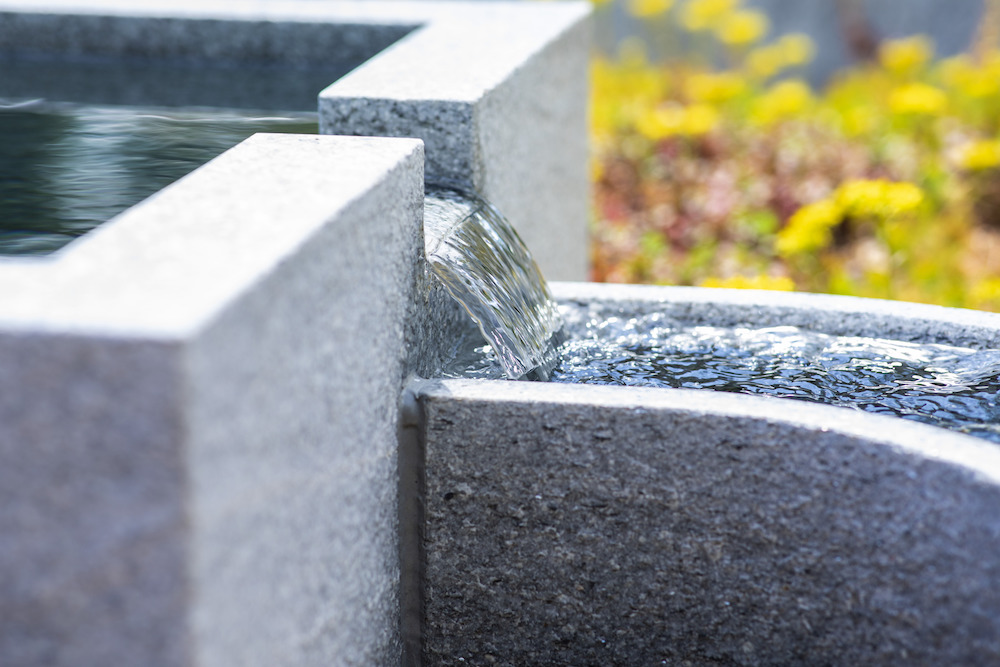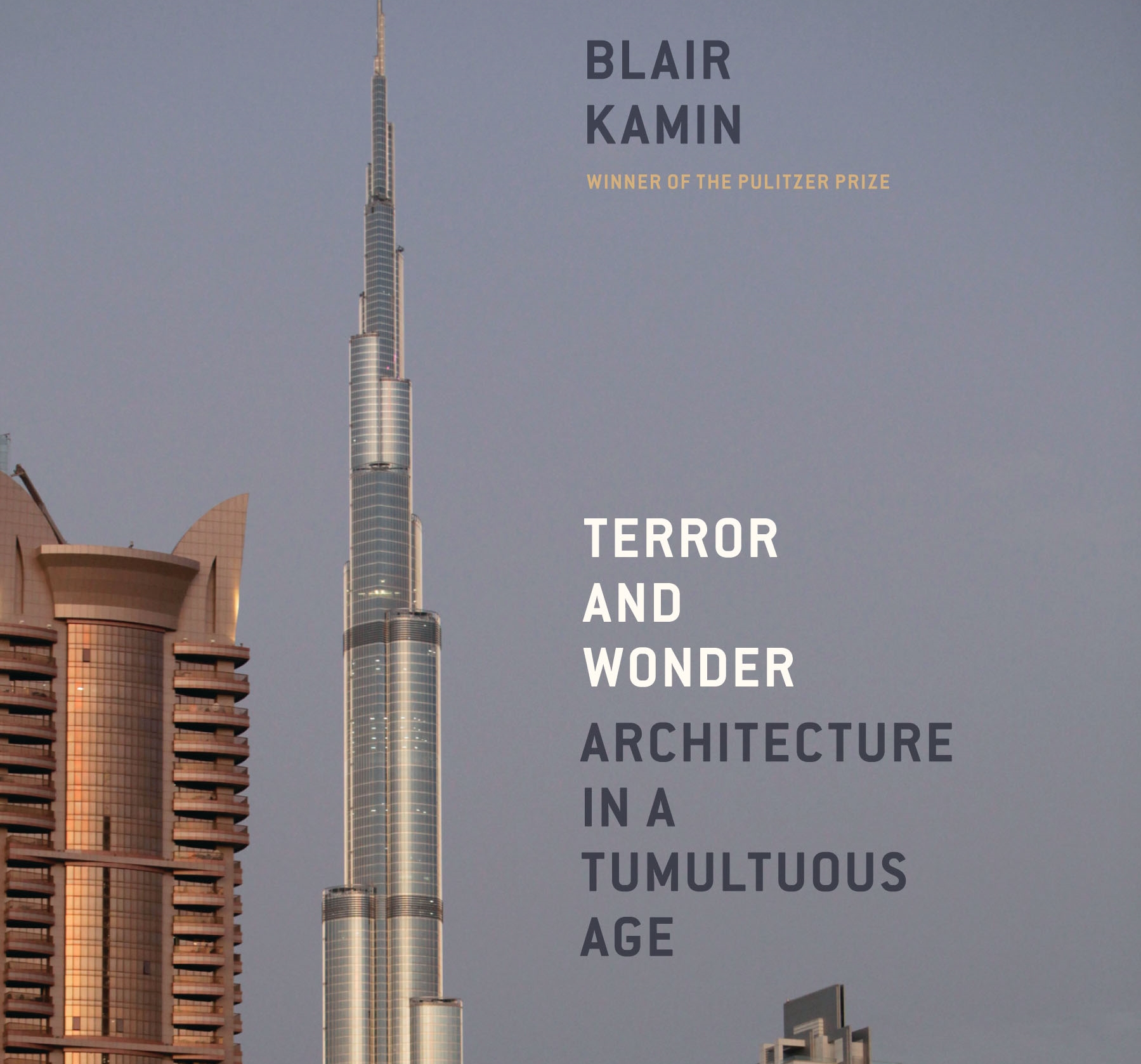The flow of water and ribbon of pavement easing through Nelson Byrd Woltz’s garden at the Peabody Essex Museum may seem whimsical, but the design, ecology and sustainability are serious business.
“It’s a layered experience of discovery that delivers meditation and repose in a place with a lot of buildings to explore,” says Thomas Woltz, partner at NBWLA. “It’s a point of calm – a garden respite during visits to the museum.”
Once outside the museum and past the initial courtyard with its embedded slab of granite and historical reference, visitors then encounter two more exterior rooms.
The middle courtyard was inspired by a Chinese poetry rill – a place where two lovers put a message in a teacup to float to one another over winding water – a slow and meditative way to communicate.
“It’s like the spine of a snake – a reference to PEM’s natural history collection – and the way water works around Massachusetts, and its regional ecology and culture,” he says. “It’s also an elevated garden with thick benches where visitors can sit down and talk along this writhing gray line.”
At the far right is an Asiatic garden with Japanese maples, Chinese witch hazel and a serpentine line running through it, crushed stone underfoot for the crunchy effect. “We created a whole set of vocabulary that belongs to the PEM and nobody else,” he says. “Between horticulture and form we created a unique narrative about this place and this site.”
They did it an ecologically friendly way, with a landscape that puts back more than it takes away. “There’s a line of ginkgos, sycamores, hornbeams to cool the garden,” he says. “There are low-flow fountains running through the channel and they’re always recirculating.”
Its central fountain is planted in sedum, a succulent often used on green roofs. “It all delivers a real punch of horticulture without using annuals or a lot of water,” he says. “There’s not a lot of pavement in the site, so there’s a real balance of planting and pavement that allow water to absorb back into ground.”
As for sustainability, Woltz says, the granite was quarried in Chelmsford, Mass. (for fewer miles traveled), and there’s a huge diversity of native plants for a relatively small urban garden. “I give it pretty high marks for that,” he says.
Actually, it gets high marks all around – as a thought-provoking outdoor space, collaborating with a powerful urban museum.
For more, go here.
[slideshow id=2094]


